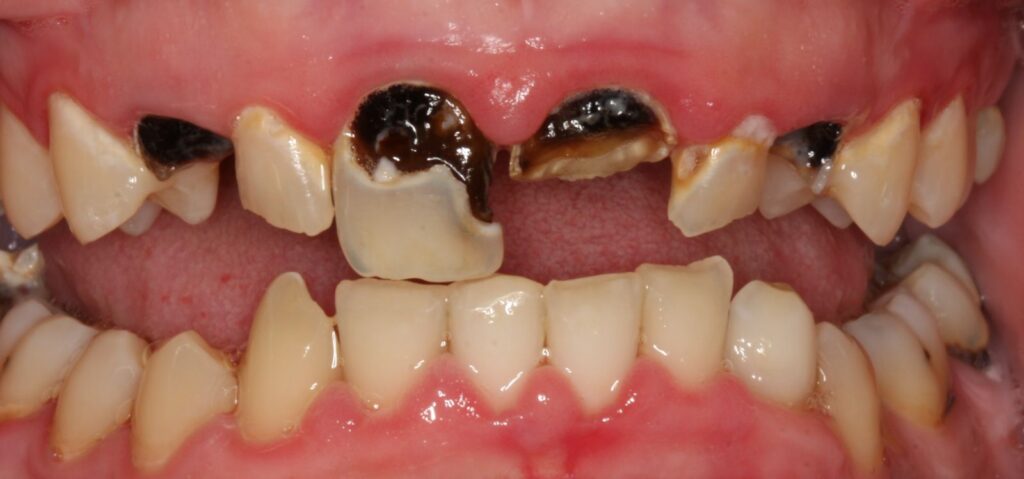
Understanding Tooth Decay: Causes, Prevention, and Treatment
Tooth decay, commonly known as cavities, is a widespread dental issue that affects people of all ages. It’s a progressive condition that, if left untreated, can lead to pain, infection, and even tooth loss. This article aims to shed light on what tooth decay is, its causes, and how you can protect your smile from this preventable problem.
What is Tooth Decay?
Tooth decay is the destruction of the hard outer layer of the tooth, called enamel, caused by acids produced when bacteria in the mouth break down sugars. Over time, these acids erode the enamel, forming holes or cavities. If the decay progresses, it can affect deeper layers of the tooth, such as the dentin and pulp, causing discomfort and complications.
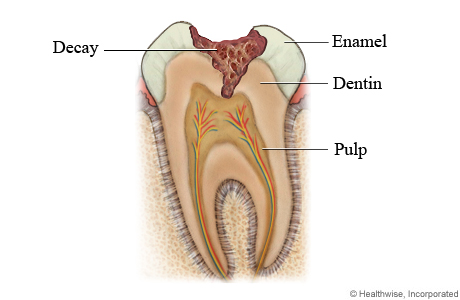
Causes of Tooth Decay
Several factors contribute to the development of tooth decay:
Poor Oral Hygiene: Inadequate brushing and flossing allow plaque, a sticky film of bacteria, to build up on teeth. Plaque bacteria feed on sugars, producing acids that attack enamel.
Sugary and Acidic Foods and Drinks: Consuming excessive amounts of sweets, sodas, and acidic foods creates an environment where decay-causing bacteria thrive.
Dry Mouth: Saliva helps neutralize acids and wash away food particles. A lack of saliva due to dehydration, certain medications, or medical conditions increases the risk of decay.
Frequent Snacking: Constant snacking gives bacteria more fuel to produce acids, leading to prolonged exposure to enamel-damaging conditions.
Age and Genetics: Older adults and individuals with a family history of dental issues may be more prone to cavities due to factors like gum recession and weaker enamel.
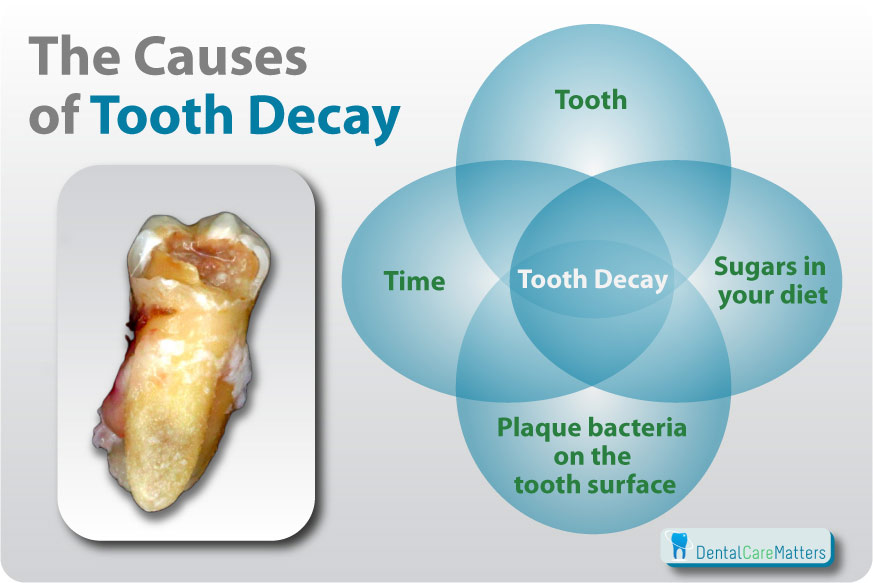
Signs and Symptoms
Recognizing the early signs of tooth decay can help prevent serious dental problems. Look out for:
Tooth sensitivity to hot, cold, or sweet foods.
Visible pits or holes in your teeth.
Pain when biting or chewing.
Persistent bad breath or a bad taste in the mouth.
Prevention Tips
Tooth decay is largely preventable with proper oral care and lifestyle choices. Here are some effective strategies:
Brush and Floss Regularly: Brush your teeth twice a day with fluoride toothpaste and floss daily to remove plaque from hard-to-reach areas.
Limit Sugary and Acidic Foods: Reduce your intake of candies, sodas, and acidic snacks. Opt for healthier options like fruits, vegetables, and nuts.
Stay Hydrated: Drink plenty of water to maintain saliva production and rinse away food particles and bacteria.
Use Fluoride: Fluoride strengthens enamel and helps repair early signs of decay. Use fluoride toothpaste and consider fluoride treatments if recommended by your dentist.
Regular Dental Check-ups: Visit your dentist at least twice a year for professional cleanings and exams. Early detection of cavities can prevent more extensive treatments.
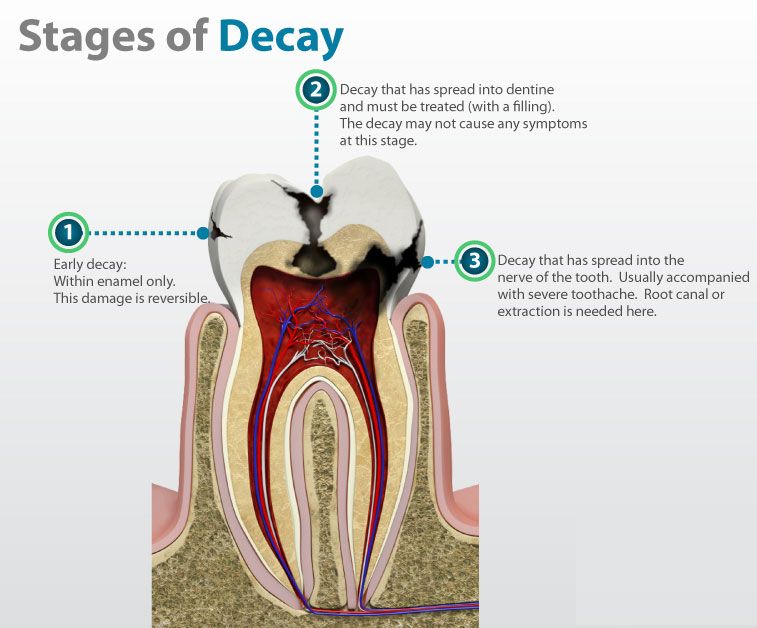
Treatment Options
If decay occurs, several treatment options are available depending on the severity:
Fluoride Treatments: For early-stage decay, fluoride can sometimes reverse the damage.
Fillings: Cavities that have progressed into the enamel are treated by removing the decayed portion and filling the space with materials like composite resin.
Crowns: For extensive decay, a crown may be needed to cover and protect the damaged tooth.
Root Canals: If the decay reaches the pulp, a root canal may be necessary to remove the infected tissue and save the tooth.
Extractions: In severe cases where the tooth cannot be saved, extraction may be the only option.
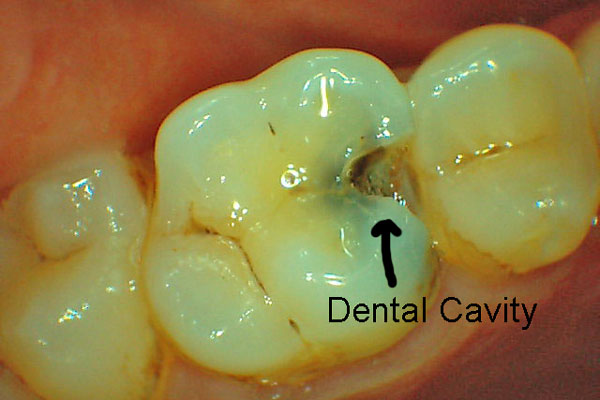
Conclusion
Tooth decay is a common but preventable dental condition that can significantly impact your oral and overall health. By understanding its causes and adopting good oral hygiene practices, you can keep your teeth healthy and strong for a lifetime. Remember, regular visits to your dentist are key to catching problems early and maintaining a bright, cavity-free smile.
Tooth Decay: Frequently Asked Questions
What is tooth decay?
Tooth decay (dental caries) happens when bacteria in the mouth feed on sugars and produce acids that weaken the enamel. Over time, this can cause cavities if not treated early.
How is tooth decay detected today?
Dentists still use X-rays and visual checks, but newer tools like AI-assisted scans and near-infrared imaging can spot decay at a much earlier stage—sometimes before a cavity even forms.
Can tooth decay be reversed without drilling?
Yes, early-stage decay can often be reversed or stopped with:
Fluoride varnishes and toothpaste
Silver Diamine Fluoride (SDF) applications
Resin infiltration for white spots
Remineralizing agents (bioactive pastes and gels)
What are the latest treatments for cavities?
For small or early lesions, minimally invasive methods like SDF or resin infiltration may be used. If a cavity has formed, modern bioactive filling materials help protect and even strengthen the tooth after treatment.
How can I prevent tooth decay?
Brush twice daily with fluoride toothpaste
Floss once a day
Limit sugary foods and drinks
Get regular dental checkups
Ask your dentist about sealants and personalized prevention plans
👉 Remember: Tooth decay is highly preventable. With early detection and modern treatments, you can often avoid painful cavities and large fillings.
